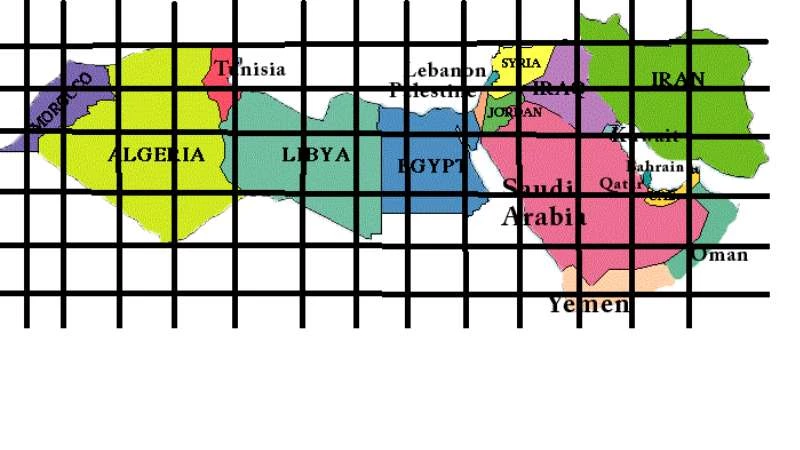The writer explains that the crystallization of the Syrian crisis was due to three changes; first, Assad’s failure from the beginning of the crisis in 2011 to contain the problems. Secondly, the loss of control of the situation led to the crisis falling out of any possible solution. Thirdly, contradictions in the management of the crisis inflicted negatively on the decision-making process, while secondary contradictions halted life in majority of the Syrian cities.
Thus, the situation in Syria turned into a trail of tragedies that are incompatible with religious and humanitarian norms, as this part of the Arab world transforms into a scorched earth on which the blood of the Arab-Muslims is shed, Assayad said.
Then he slams the Arab and international conscious by holding them responsible for allowing Syria and the region to become a scorched earth.
Hence, Assayad says, it was normal for the situation to get complicated, especially at the logistics level… since the Assad regime did not respond to the popular demands for a political change and that prevailed in the Arab region under the so-called Arab Spring and ranged between peaceful and violent change.
Assad should have dealt with the situation in a smarter way to save his regime from collapsing; instead he is currently holding onto an already-collapsing regime, the writer argues.
The Arab stance, theoretically, was in line with the Syrian people, but in practice they did not have sufficient flexibility, in particular the Arab League as a regional Arab organization, to deal with the Syrian crisis by removing the causes and looking for effective solutions. However, the writer argues, at some point the Arab stance intersected with the international stance which did not distinguish between the Assad regime and the Syrian people.
In addition, the entry of ISIS into Syrian territory changed the balance on ground and mixed the understanding which made some unable to distinguish between Syrian opposition and ISIS, the writer argues and says that here lies the danger, because the truth was that the entry of ISIS into Syrian territory came as a natural result of the fall of the Assad regime in the slope of stubbornness to the extent that Assad gambled the lives of an entire people.
The writer then poses a question: How can Syria, as a country, get out of its dark situation?
He does not believe that there is a solution for the crisis without Assad giving up his greed for the “throne,” Assad must agree to politically settle with the opposition which can move the nation forward with the help of the international community under the umbrella of the UN, EU and Arab league.
The writer concludes by stating that the danger will still be present even with the departure of Assad in the form of terrorism and the partitioning ghost. A ghost which will spread across the Arab region, not just in Syria, and that is what the Arab leaders have blindly overlooked.
Ibrahim Assayad in Al-Hayat.



التعليقات (0)